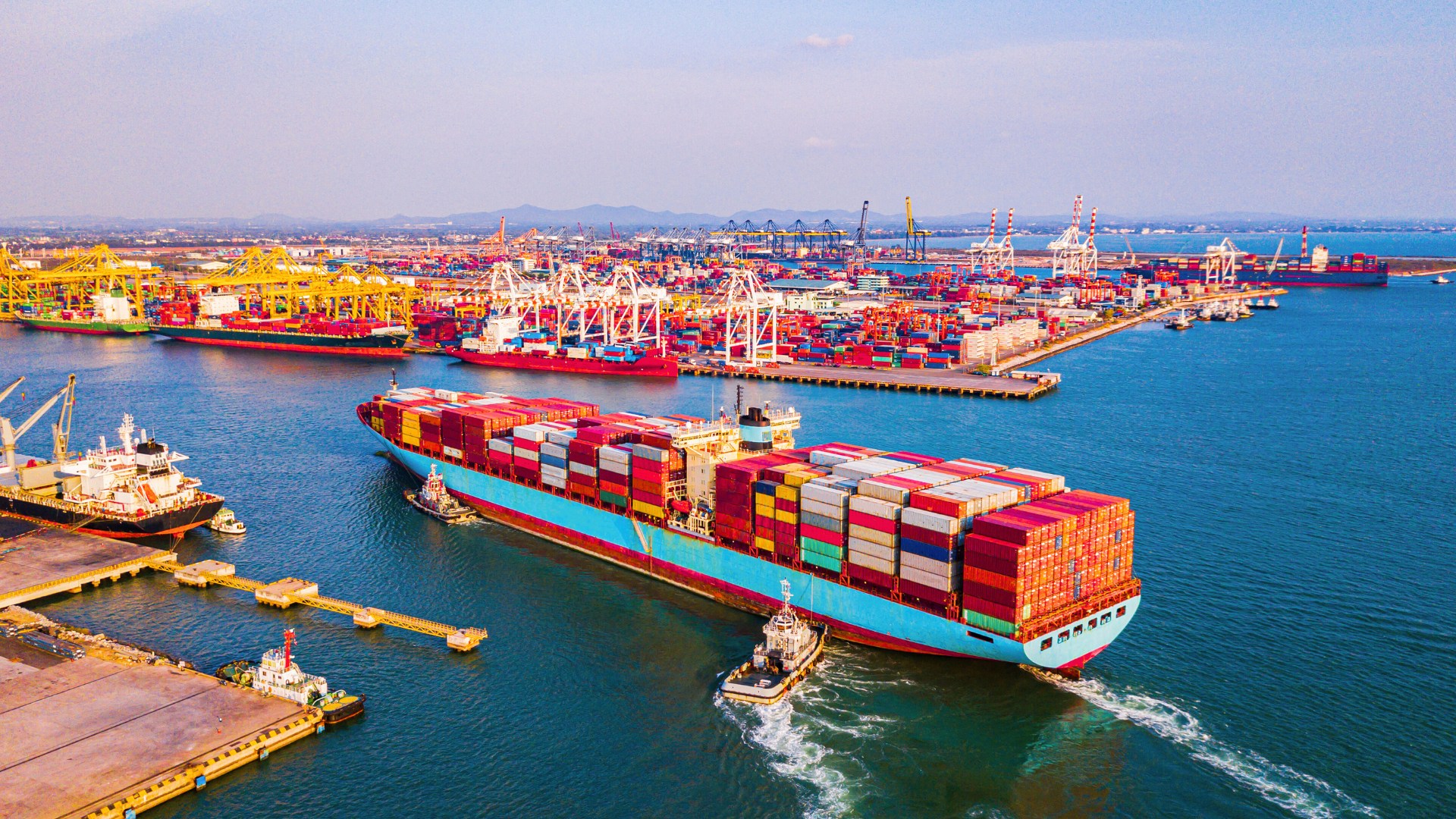China’s size, population, infrastructure, and labor force have made it the outsourcing capital of the world. Examples of big companies that have outsourced manufacturing to China include Apple, Caterpillar, Siemens, and Honeywell. Besides the large corporations, startups such as PlusMAT, a clean tech company, are also increasingly using China as a manufacturing hub.
With that in mind, here are some of the disadvantages faced by companies that decide against outsourcing manufacturing to China:
High manufacturing costs
Companies that do not outsource manufacturing to China tend to face high production costs elsewhere. This is because, in China, labor is relatively cheaper than countries such as the United States or EU members. According to a Forbes report, companies that manufacture products in China can quote prices between 30 and 50% lower than similar products manufactured in other countries. Moreover, China has an estimated labor force that currently stands at 780 million, which is the largest in the world. This means companies manufacturing products elsewhere would be unable to compete with those using China’s manufacturing capabilities.
Locked out of China’s huge marketplace
China’s more than one billion consumers offer a ready market for manufactured goods. For example, Chinese consumers buy a significant number of Apple products such iPads and iPhones manufactured in the same country. Companies that do not outsource manufacturing to China would have to ship their products to the Chinese market and in the process, incur other logistical costs, for example, the cost of hiring storage facilities. This translates to additional costs they would have to pass on to consumers.
Lack of access to downstream manufacturers
In the US and many European countries, proximity to downstream manufacturers can be a huge problem. In simple terms, downstream manufacturing is any process that occurs later on in a production sequence. For example, the downstream sector in the energy industry includes crude oil refiners and transporters. The problem is many companies in the US are facing downstream bottlenecks. According to the BioPlan Annual Report, 6.8% of pharmaceutical companies are experiencing “serious” downstream bottlenecks. This is in addition to 29.7% of pharmaceutical firms experiencing “some bottleneck issues.” This is not the case for companies that use China as a manufacturing hub because there are plenty of downstream manufacturers.
Inability to access manufacturing incentives
In recent years, the Chinese government has rolled out a wide range of incentives available to companies that use the country as a manufacturing base. Some of these incentives include tax breaks, intellectual property protection, financial support, and subsidies. Such incentives can help companies reduce the cost of products as well as financial obligations such as tax, which translates to a healthy bottom line. Companies that opt to manufacture their goods at home or other countries may not get the same incentives. This means they would be unable to compete with companies manufacturing products in China.
In conclusion, in today’s highly competitive business landscape, companies must look for ways of staying ahead of their competitors. As such, many companies, both big and small, are cutting their manufacturing expenses by outsourcing their manufacturing operations to China. Businesses that fail to take a similar approach face disadvantages such as high production costs, downstream manufacturing bottlenecks, inability to access manufacturing incentives, as well as inability to access China’s huge marketplace.
Don’t let your business fall behind others because of manufacturing. Let ITI assist you in outsourcing manufacturing to China. Call us today!





